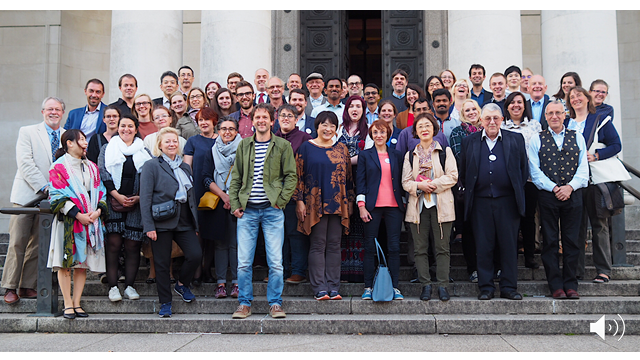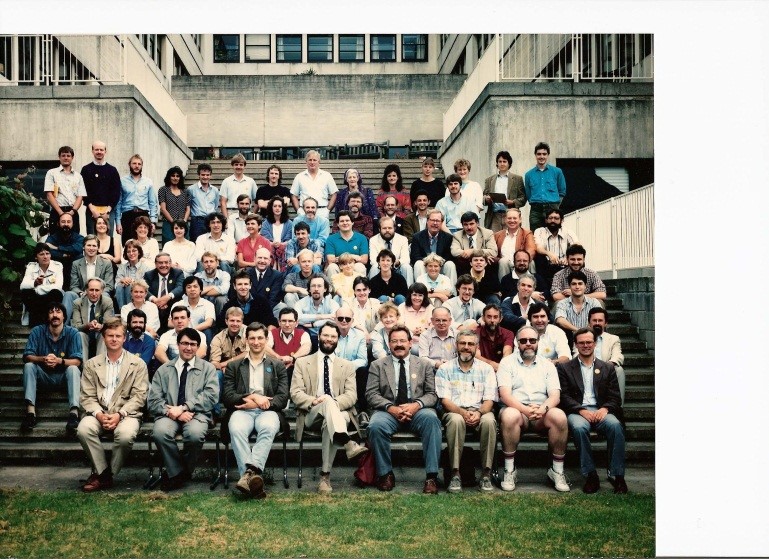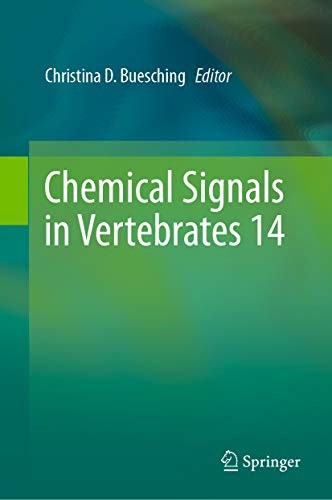News
Dr Christina Buesching publishes a new book on olfactory communication
David Macdonald celebrates history going full circle with the publication of Dr Christina Buesching’s remarkable new book on olfactory communication: I formally founded the WildCRU in 1986, and one of our first, significant engagements with the wider academic community was to host, in 1988, the 5th international Chemical Signals in Vertebrates Conference at the Zoology Department in Oxford. At the time I was proud to edit a book of the splendid papers presented at that conference, which included the then leaders of the field. Imagine my pleasure that, almost 30 years later, in August 2017, Dr Christina D. Buesching co-organised the 14th tri-annual meeting in this series. Christina undertook her doctorate studying scent marking in my long-term badger project, and has developed an international reputation in this field during her years as a Senior Research Fellow with us. “Her” conference shows just how much the field has advanced, although amongst the 80 delegates photographed at the University of Cardiff/ Wales are some stalwarts of the Oxford conference 30 years ago. The conference proceedings, edited by Dr Buesching and published by Springer under “Chemical Signals in Vertebrates 14”, comprise manuscripts written by over 50 co-authors and are now available in book format.
Chemical signalling is one of the oldest forms of intra- as well as inter-specific communication. Animals – including us humans – use olfactory signals to scent-mark resources such as food, sleeping dens and mates, but also to identify themselves through their scent-profiles as individuals, members of a specific social group and to advertise their fitness and prowess. But while in the past most semio-chemical research was based primarily on the observation of scent-marking behaviour and basic chemical analysis of scent secretions, technological advances continue to shape modern semio-chemical research. Studies combining traditional gas chromatographic analysis of scent characteristics with advanced molecular techniques, such as next generation sequencing, molecular genetics and new statistical modelling approaches are becoming ever more common, where particularly the rapidly growing field of proteomics and olfactory speciation give testimony to the importance of inter-disciplinary research.
New insights from these inter-disciplinary approaches permit evolutionary and ecological insights, many with implications for applied species management and conservation.
The incredibly broad range of modern semio-chemical research is reflected also in the diversity of the chapters in this new book. Topics span from the effects of perfume use on human behaviour to behavioural observations on intra-specific communication of echidna in Australia and inter-specific information exchange between predator species in Botswana, to the chemical composition of urinary scent marks of badgers in England, and the evolution of scent proteomics in the world’s salamanders. The contributions span over 260 pages and are organised under four subheadings: i) (animal) intra-specific communication, ii) olfaction in humans, iii) inter-specific cues and signals, and iv) semio-chemistry and evolution.

Photo of delegates at the CSiV XIV in Cardiff in 2017
-
 Photo of delegates at the CSiV IV in Oxford in 1989
Photo of delegates at the CSiV IV in Oxford in 1989 -
 Logo of the CSiV XIV
Logo of the CSiV XIV -
 Book cover
Book cover





